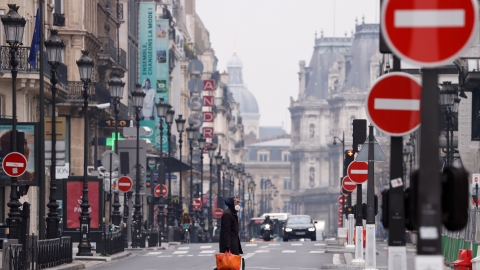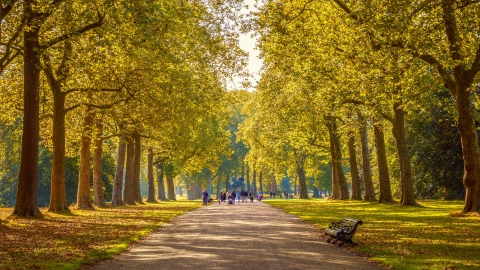The COVID-19 pandemic has severely affected the world tourism industry. The lack of a vaccine or specific treatment for Covid-19 has made many people afraid to travel far, and governments are also worried that welcoming many foreigners could pose a risk of disease.
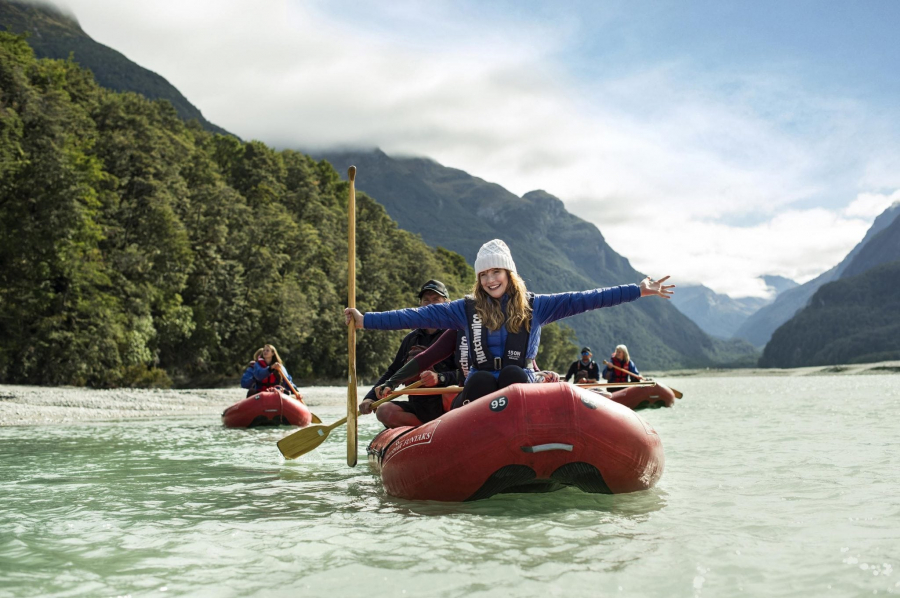
However, for countries that depend on tourism like New Zealand or Australia, reviving the smokeless industry is one of the priorities in the post-COVID-19 period. According to CNN, Australian and New Zealand officials have recently mentioned the possibility of opening borders and creating corridors and designated tourist destinations for visitors from both countries. "If there is any country in the world that we can reconnect with first, it is certainly New Zealand," Australian Prime Minister Scott Morrison said last month.
Tourism experts predict that the “isolation tourism” model could be implemented by Australia and New Zealand in August – New Zealand’s ski season and school holidays. Currently, both countries still have domestic travel restrictions and mandatory 14-day quarantine for all arrivals.

There are many reasons why the “isolation tourism” model will be successful in Australia and New Zealand. First of all, the diplomatic relationship between Australia and New Zealand is very close, with enough trust between them. Australian passport holders can travel and work in New Zealand indefinitely without a visa, and vice versa.
The two countries also contribute significantly to each other’s tourism industries. Australians account for nearly 40% of international visitors to New Zealand and about 24% of international visitor spending in New Zealand. In Australia, New Zealanders account for about 15% of international visitors and 6% of total foreign visitor spending.
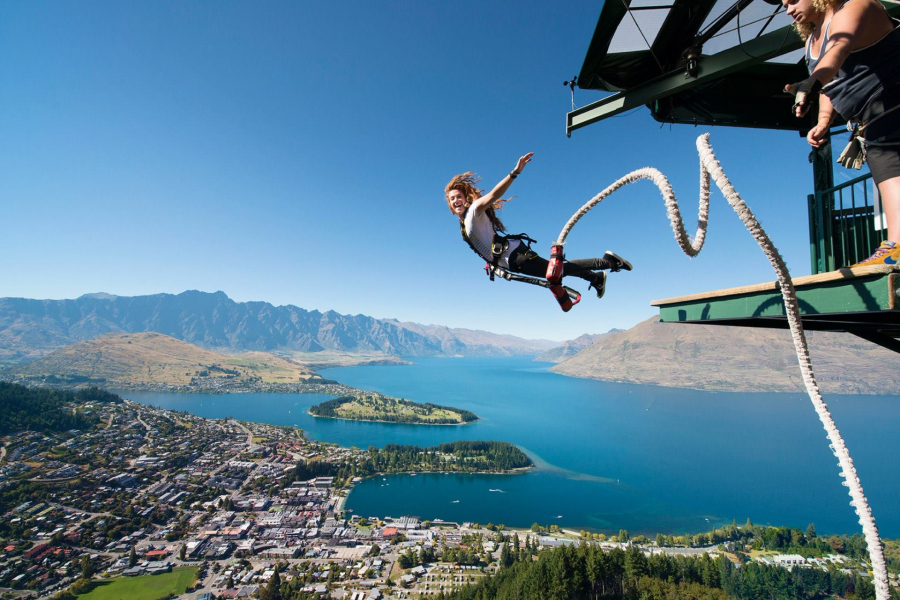
Simon Westaway, chief executive of the Australian Tourism Industry Council, said “isolation tourism” was the only way to bring international visitors back to Australia. However, he said many Australian tourism companies had not changed and were looking to attract more Chinese tourists, who make up only 15% of international visitors but 27% of total international visitor spending.
This isolated travel model will require some changes to quarantine and customs procedures. Mr. Westaway envisions travelers being tested for the coronavirus at the airport and only allowed to travel if they test negative. Travelers may have to provide more information than before to facilitate monitoring when necessary.
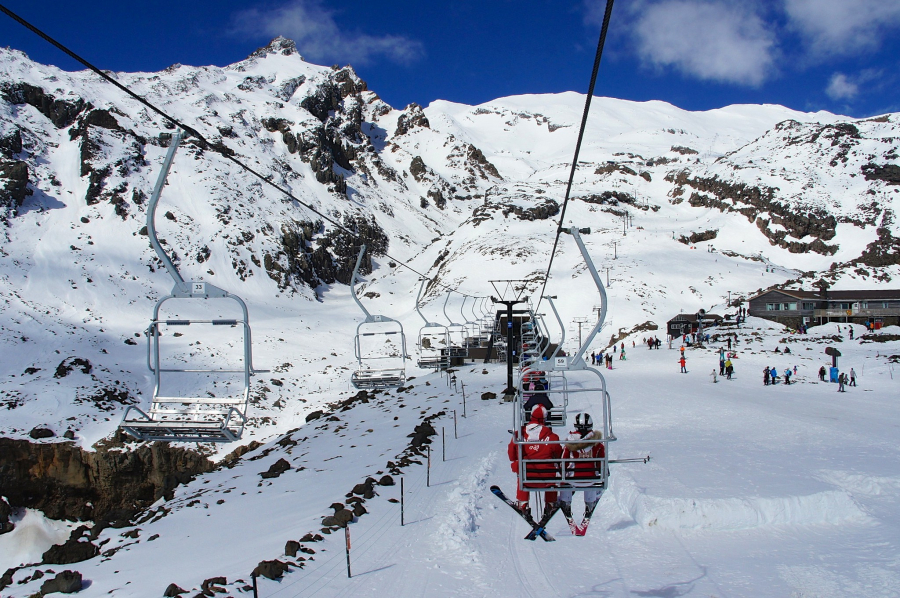
"If we can find a way to continue to grow tourism between the two countries, I'm sure the rest of the world will be very interested to see how this new way of working works," said Chris Roberts, head of the New Zealand Tourism Association.

























